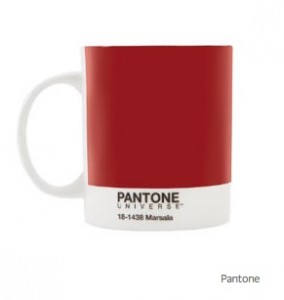FEEDBACK FRIDAY: This Week in Natural Dye Questions
Each week, we are emailed with questions from our natural dye community asking simple and complex questions that we thought might be worth sharing. Here are a handful from this week answered by natural dyer in chief, Kathy Hattori, Founder of Botanical Colors: I just saw that Pantone created Love Symbol #2, an amazing shade for my favorite musician, Prince. Do you have an idea of how to create that color? Logwood chips used at about 50% wof with wool or silk mordanted with aluminum sulfate only (no cream of tartar) will make a rich reddish purple very … Read more



